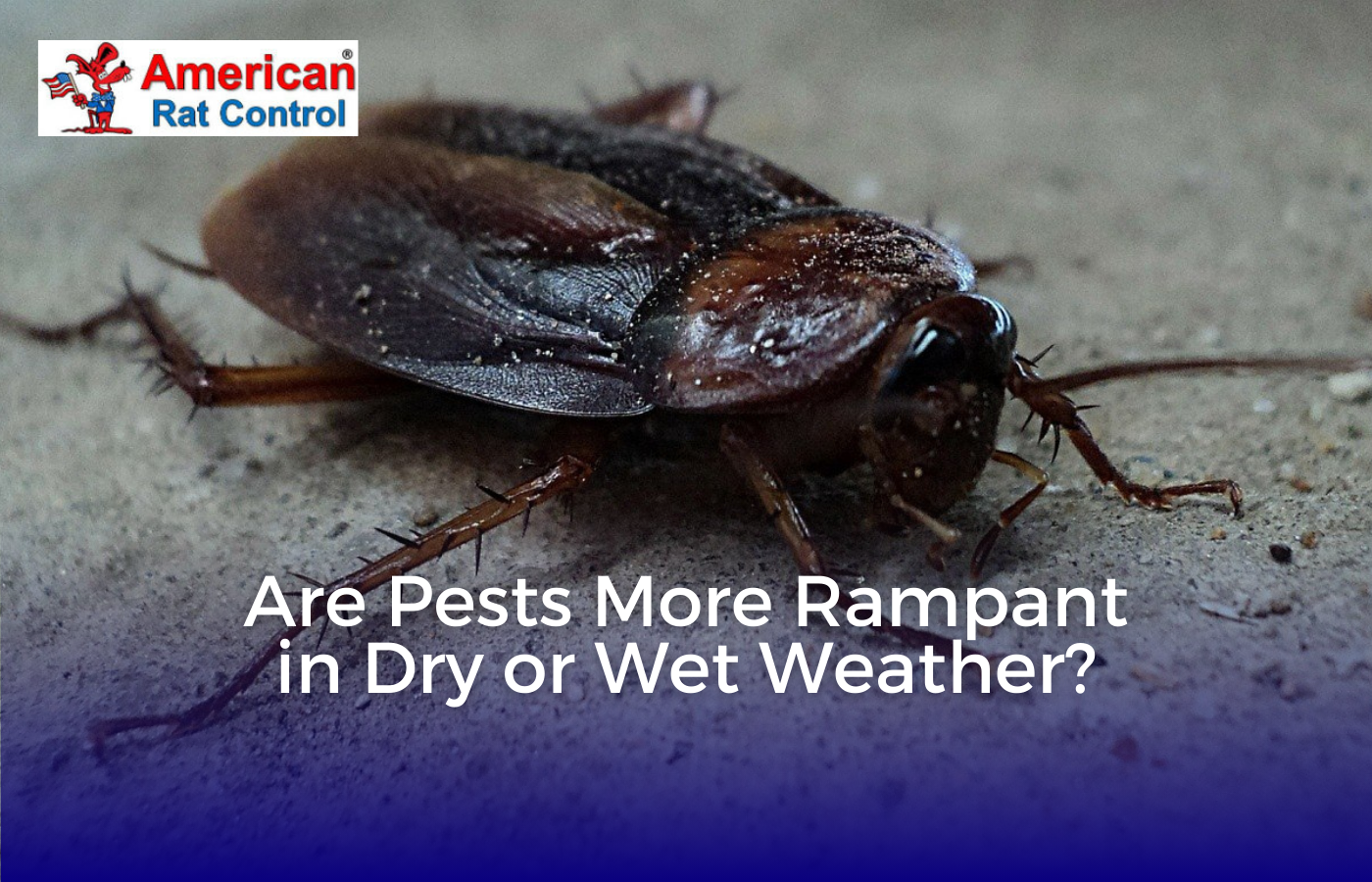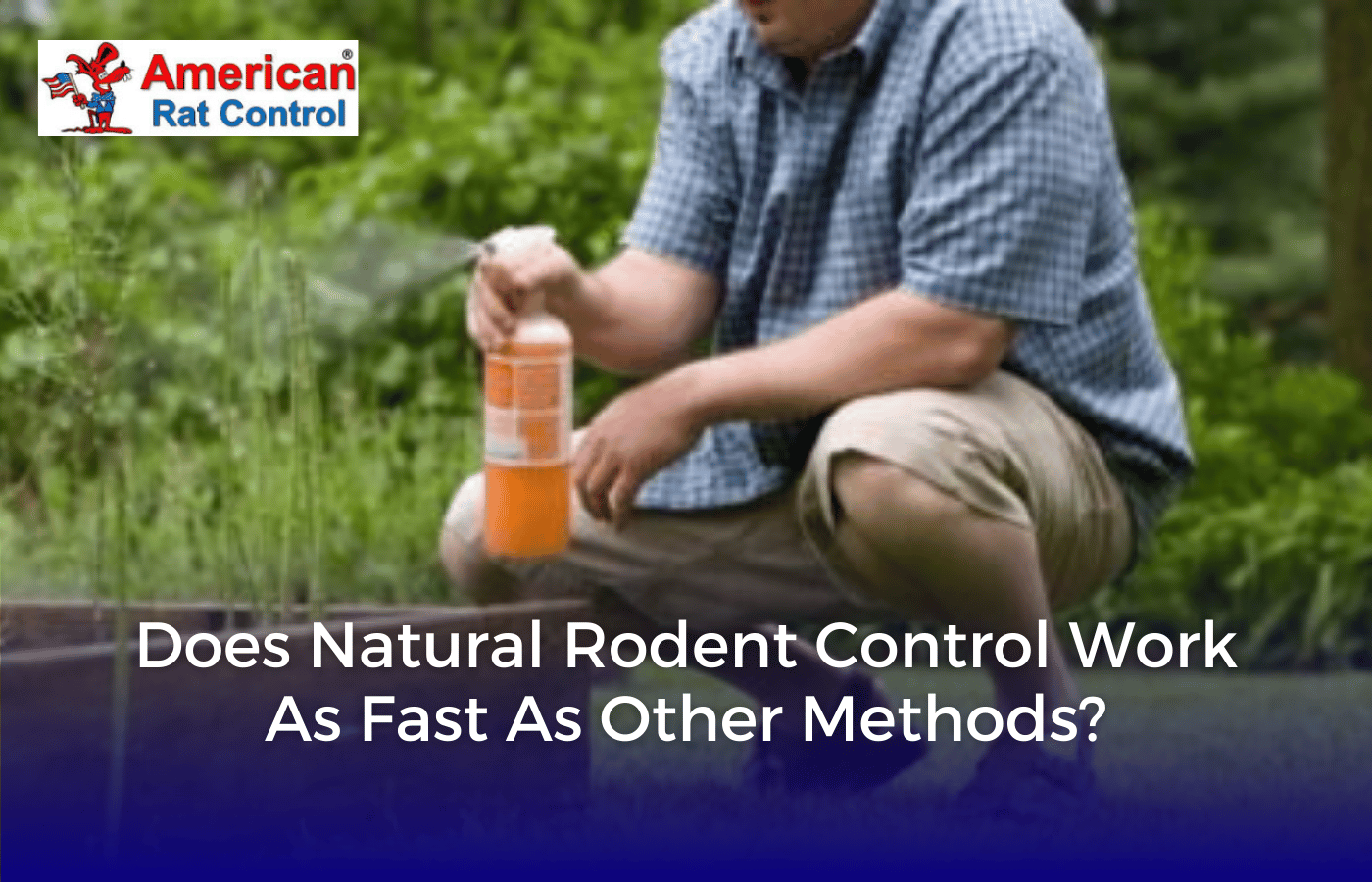Weather has a big impact on pest activity. Whether it’s dry or wet, each type of weather brings its own challenges regarding pests. Some pests thrive in dry conditions, while others prefer wet weather. On top of that, each season also affects which pests are more active. Knowing how changes in weather patterns and seasons affect pests would make better management of pests possible. This blog post focuses on the issues surrounding pests during dry and wet weather, how different seasons affect the behavior of the pests, and how these behaviors can be adapted to pest control strategies.

Pests in Dry Weather
In dry weather, pests like ants can become more noticeable. They typically enter homes seeking water and food. Termites may also become more active, particularly in houses with wood and moisture problems. Spiders are another common sight indoors during dry spells as they look for a cooler environment.
How Dry Weather Affects Pest Behavior
Because dry weather makes it difficult for pests to find water, indoor infestations tend to rise. Shrinkage of natural habitats due to a reduced amount of rain pushes pests into homes and other structures as a means of seeking shelter and other resources. Pests may also be forced to migrate, which sometimes leads to unexpected infestations in newly invaded areas.
Pests in Wet Weather
Wet weather creates ideal conditions for pests like mosquitoes, which breed in standing water. Slugs and snails also thrive in damp conditions, often found in gardens and yards after rainy days. Cockroaches might increase as they move into moisture-rich environments created by rain or floods.
How Wet Weather Affects Pest Behavior
Wet conditions are perfect for breeding many pests. Mosquito populations can soar after heavy rain due to more breeding sites. Damp environments can also lead to increased fungal growth, attracting pests that feed on fungi. Moreover, excess moisture can draw pests closer to homes, seeking refuge from the wet.
Impact of Seasonal Changes on Pest Activity
Seasonal Pests
Different seasons bring different pest challenges. Spring usually sees more ant activity as they search for food post-winter. Summer is known for mosquitoes due to warm weather and standing water. Fall may bring more spiders indoors for warmth, while winter could drive rodents inside seeking food and shelter.
Adapting Pest Control Strategies
To effectively control pests, adapting strategies to the season is key. During summer, focus on mosquito control by removing standing water and using repellents. As temperatures drop, rodent control becomes a priority. In spring and fall, keeping spaces clean can deter ants and spiders. Adjusting pest control methods to match seasonal patterns helps in managing and preventing infestations year-round.
Adaptive Expert Strategies for Year-Round Pest Management
Dry and wet weather in Los Angeles drastically affects pest activity and results from seasonal changes. Wet weather makes them push for shelter within the building, whereas dry weather is ideal for creating breeding habitats and habitats for pests. This, in return, aids you in understanding the patterns and adjusting pest control strategy to suit the season, which would help you to manage the pest challenges all year round. Being proactive about the kinds of pests in Los Angeles that are attracted by different weather conditions and seasons will help protect your home and garden from pest invasion, thereby making living much easier.
Ready to safeguard your home against pests year-round? Trust American Rat Control, the experts in pest control Los Angeles. Our effective strategies adapt to seasonal changes, ensuring your space remains comfortable and pest-free. Contact us today for a consultation and take the first step towards a secure, serene living environment.








